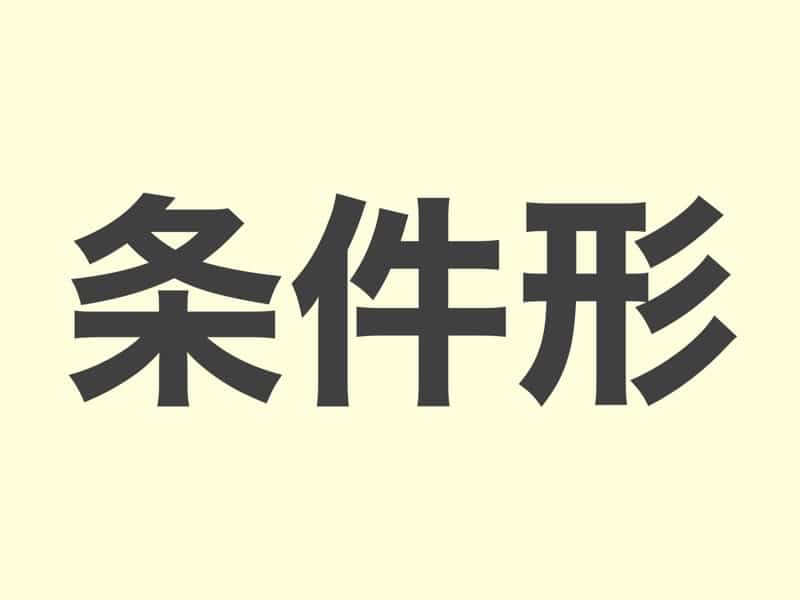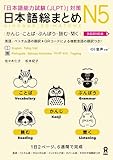The conditional form in Japanese is a crucial aspect of the language that allows you to express conditions, hypotheticals, and possibilities. This comprehensive guide will walk you through the rules for conjugating verbs into their conditional forms across different groups. Whether you want to express “if” scenarios or talk about potential outcomes, mastering the conditional form will empower your conversations. Let’s explore the conjugation patterns and practical examples to help you communicate effectively in Japanese!
JLPT Textbook Recommendations
Group 1 (U-Verbs)
Rule: Change the last “i” sound in the verb to “e,” then add “ba.”
| Verb(masu form) | Conditional Form |
| あいます (aimasu) | あえば (aeba) |
| ききます (kikimasu) | きけば (kikeba) |
| いそぎます (isogimasu) | いそげば (isogeba) |
| だします (dashimasu) | だせば (daseba) |
| まちます (machimasu) | まてば (mateba) |
| よびます (yobimasu) | よべば (yobeba) |
| のみます (nomimasu) | のめば (nomeba) |
| ふります (furimasu) | ふれば (fureba) |
Group 2 (Ru-Verbs)
Rule: Simply remove ます (masu) and add れば (reba).
| Verb(masu form) | Conditional Form |
| はれます (haremasu) | はれれば (harereba) |
| みます (mimasu) | みれば (mireba) |
Group 3 (Irregular Verbs)
Rule: These verbs are irregular and must be memorized.
| Verb(masu form) | Conditional Form |
| します (shimasu) | すれば (sureba) |
| きます (kimasu) | くれば (kureba) |
I-Adjectives
Rule: Replace the ending い (i) with ければ (kereba).
| I-Adjectives | Conditional Form |
| たかい (takai) | たかければ (takakereba) |
| いい (ii) | よければ (yokereba) |
Na-Adjectives and Nouns
Rule: Add なら (nara) after the adjective.
| Na-Adjectives and Nouns | Conditional Form |
| きれい (kirei) | きれいなら (kirei nara) |
| あめ (ame) | あめなら (ame nara) |





コメント